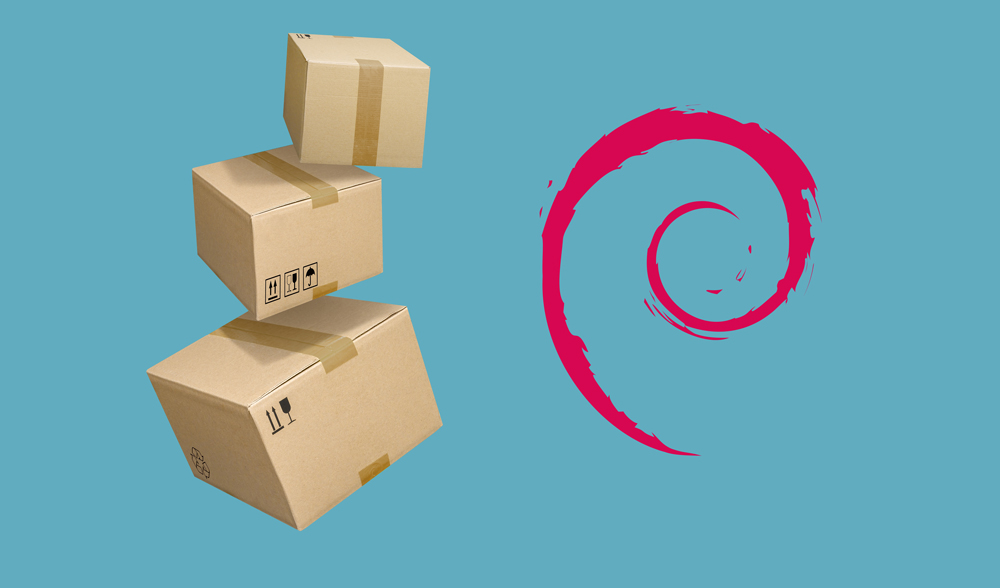
by George Whittaker
Introduction
The Debian packaging system is an integral part of managing software on Debian and its derivatives like Ubuntu. It facilitates the installation, upgrade, and removal of software packages. Sometimes, however, the available binary packages may not meet all the specific requirements of a user or organization, be it due to the need for a patched version, additional features, or customization for performance optimizations. This article delves deep into the process of rebuilding and modifying existing Debian packages, offering a guide for those who need to tailor software packages to their precise requirements.
Understanding Debian Packages
Debian packages, with the .deb file extension, are archives that contain compiled binaries, configuration files, and installation scripts. Understanding the internal structure of these packages is critical. A typical .deb package includes:
- DEBIAN directory: Holds control files that manage how the package is installed, upgraded, or removed.
- data archive: Contains the actual files of the package.
- control: Details package dependencies and metadata like version, maintainer, and description.
- changelog: Records all the changes made to the package.
- rules: Specifies how the package is to be built from its source.
- dpkg: The base tool that handles package installation and removal.
- APT (Advanced Package Tool): Works at a higher level to handle the retrieval and installation of packages from remote repositories.
- dpkg-dev: A collection of tools necessary to build Debian packages.
Customizing software can optimize operational efficiency, enhance security, and add or modify features to suit better the unique environment in which they operate. Typical reasons for modifying packages include:
- Customization: Adjusting software to fit specific local policies or performance requirements.
- Security patches: Quickly applying security patches that are not yet part of official releases.
- Functional updates: Adding features not available in the standard package.
Installing Necessary Tools
Before beginning, ensure your system has the tools required for Debian package development installed:
sudo apt-get install dpkg-dev devscripts build-essential fakeroot
Go to Full Article
More...